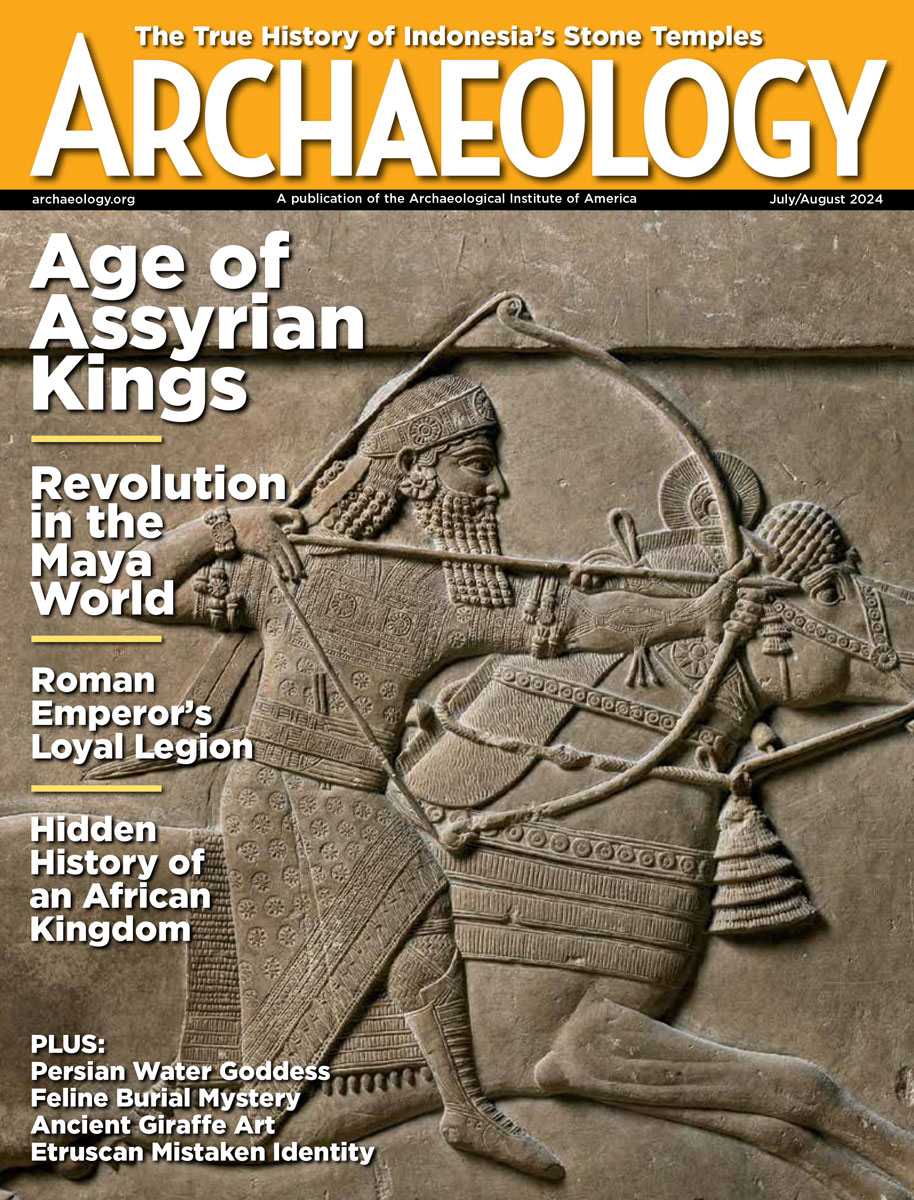Wednesday, April 23
April 23, 2008
A cache of 3,000-year-old Lapita jewelry was discovered on an island in Fiji. The shell jewelry, consisting of nine rings, four bracelets, and six necklace pieces, had been hidden under a pot.
China’s terracotta army was covered with beaten eggs as a binder for colorful paints, according to analysis by German and Italian chemists. Â
Five steps from a marble staircase and the remains of brick pillars have been uncovered in central Rome. “It must have been an entrance into an important place but we have to find something in ancient sources,” said archaeological superintendent Angelo Bottini. “At the moment we can’t even make a precise dating.” Â
The 6th U.S. Circuit Court of Appeals has ruled that the federal government should have jurisdiction over a wreck in Lake Michigan that may be The Griffin, which disappeared in 1679. The ship was found by a “private underwater exploration company.” Â
Bob Maslowski, president of the Council for West Virginia Archaeology, says that the scientific community has been “cut out of the process” of decision making in the plan to bury the bones of some 600 “culturally unidentifiable” American Indians. The bones were discovered in West Virginia in the 1960s, and have been stored at Ohio State University since then. Â
Archaeologists were called in to look for the grave of Parley Parker Pratt, a Mormon leader who was killed in Arkansas in 1857. “The passage of time and the shallowness of the grave have left no specific identifiable human remains,” his grandson told reporters. The family wanted to move Pratt’s burial to Utah. Â
Evidence for the ancient custom of feeding the dead was reportedly found in southwestern England. A channel had been cut through the grave to a coffin whose lid had been cut away to expose the head of the corpse. Archaeologists think that a pipe inserted into the channel would have carried food and drink to the remains during festivals of the dead during the Dark Ages. Â
Materials scientist Linn W. Hobbs of the Massachusetts Institute of Technology is tinkering with the unpopular idea that the Egyptians used concrete to construct the pyramids. Â
A table has turned up in North Carolina that could have belonged to the Wright Brothers. Larry Tise of East Carolina University and his students are working to authenticate the artifact.
- Comments Off on Wednesday, April 23









